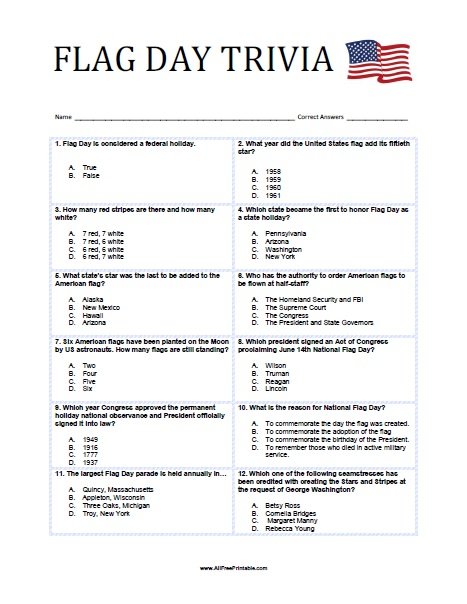
The American Flag: A Symbol of Pride and History
The American flag, also known as the Stars and Stripes, is a powerful symbol of the United States of America. Its design, which has evolved over time, represents the country’s history, values, and aspirations. This article will delve into the history, symbolism, and etiquette surrounding the American flag, providing a comprehensive resource for anyone interested in this iconic symbol.
History of the American Flag
The origins of the American flag can be traced back to the Revolutionary War when the Continental Army needed a symbol to represent their cause for independence from British rule. The first official American flag, known as the Grand Union Flag, was adopted in 1775 and featured 13 alternating red and white stripes with the British Union Jack in the canton (the upper left corner).
In 1777, as the war progressed, the Continental Congress adopted the "Stars and Stripes" design, which has remained the official flag of the United States ever since. The resolution passed by the Congress specified that the flag should have 13 stripes, alternating red and white, representing the 13 original colonies. It also stipulated that the canton should have 13 stars, white on a blue field, representing the new constellation of states.
Over the years, as new states joined the Union, the number of stars on the flag increased to reflect the growing nation. The current 50-star flag was adopted in 1960, following the admission of Hawaii as the 50th state.
Symbolism of the American Flag
The American flag is imbued with deep symbolism that represents the country’s founding principles and values. The 13 stripes symbolize the 13 original colonies and their struggle for independence. The 50 stars represent the 50 states that make up the United States, united under one flag.
The colors of the flag also carry significant meaning. Red stands for hardiness and valor, white for purity and innocence, and blue for vigilance, perseverance, and justice. The arrangement of the stars in a circle represents the unity and equality of the states.
Etiquette of the American Flag
The American flag is a symbol of national pride and unity, and it is important to treat it with proper respect and etiquette. The following guidelines should be observed when displaying or using the flag:
- Display: The flag should be displayed prominently, either horizontally or vertically. When displayed vertically, the union (the blue field with stars) should be on the left.
- Salute: When the flag passes by, during the playing of the national anthem, or when pledging allegiance, stand at attention and place your right hand over your heart.
- Folding: The flag should be folded into a triangular shape when not in use. For detailed instructions, refer to the official flag-folding ceremony.
- Disposal: When a flag becomes worn or torn, it should be disposed of respectfully. The American Legion and other organizations offer flag retirement programs where you can properly dispose of your flag.
American Flag Quiz Printable
To test your knowledge of the American flag, try this printable quiz with answers provided below:
Quiz:
- How many stripes are there on the American flag?
- What do the colors of the American flag represent?
- When was the current 50-star American flag adopted?
- What does the circle of stars on the American flag represent?
- What should you do when the American flag passes by?
- How should the flag be disposed of when it becomes worn?
- What is the name of the first official American flag?
- How many stars were on the original American flag?
- What is the name of the canton on the American flag?
- What is the proper way to fold the American flag?
Answers:
- 13
- Red: hardiness and valor; white: purity and innocence; blue: vigilance, perseverance, and justice
- 1960
- Unity and equality of the states
- Stand at attention and place your right hand over your heart
- Respectfully, through an American Legion flag retirement program or similar organization
- Grand Union Flag
- 13
- The blue field with stars
- Into a triangular shape, following the official flag-folding ceremony
Conclusion
The American flag is a powerful and enduring symbol of the United States. Its design, imbued with deep symbolism, reflects the nation’s history, values, and aspirations. By adhering to the proper etiquette when displaying and using the flag, we honor its significance and show our respect for the country it represents.
References





